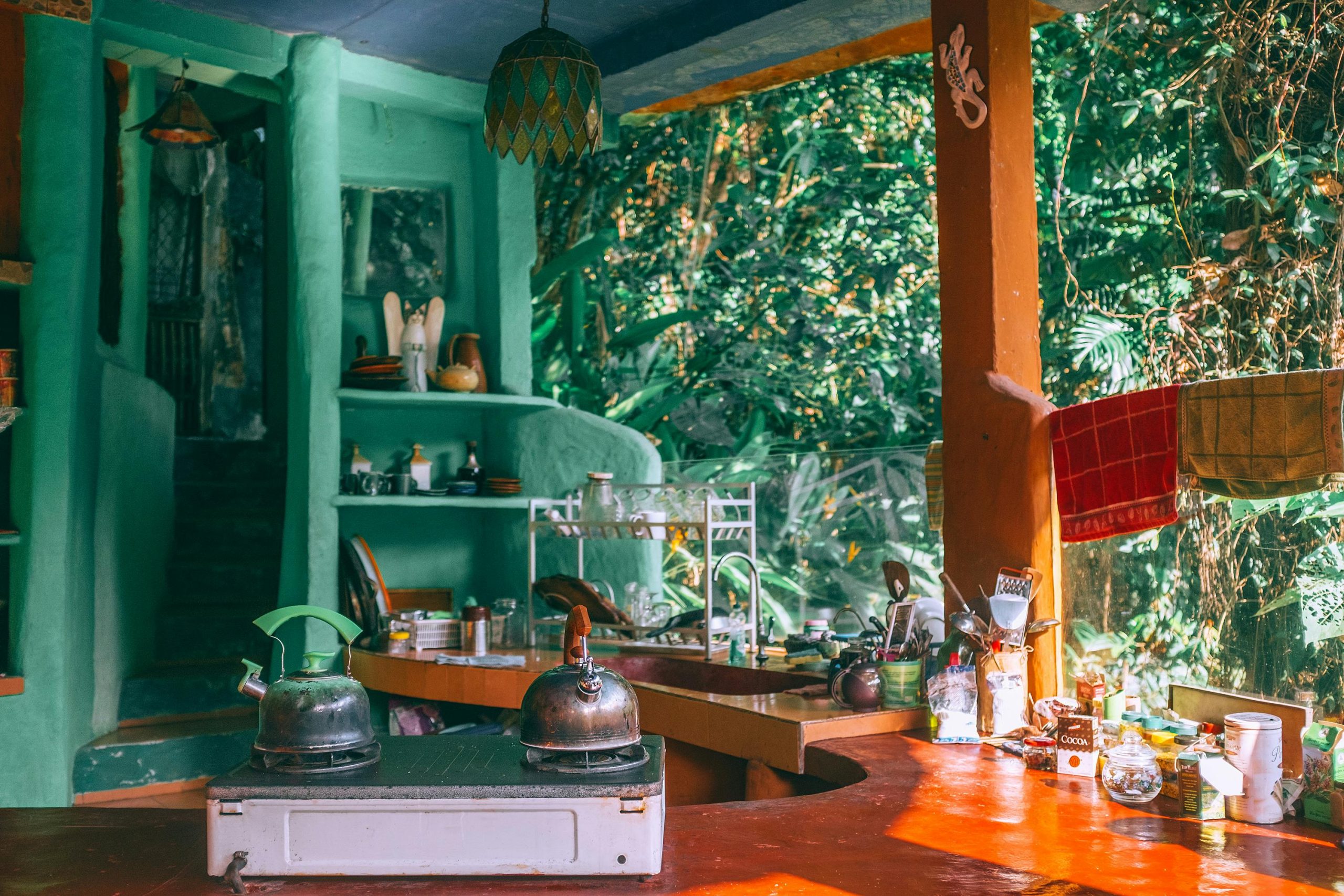Outdoor Kitchens: A Homeowner’s Guide to Building
The trend of outdoor kitchens has been steadily rising, transforming backyards into functional and enjoyable living spaces. With the increasing desire for outdoor entertaining and cooking, homeowners are investing in outdoor kitchens to elevate their outdoor experiences. These kitchens offer a perfect blend of culinary delight and social interaction, allowing families and friends to gather in an open-air environment. The allure of cooking under the sky and enjoying meals al fresco makes outdoor kitchens a valuable addition to any home. This guide provides essential insights and tips for building a personalized outdoor kitchen that meets your needs and preferences.
Planning Your Outdoor Kitchen: Key Considerations
When planning your outdoor kitchen, several key considerations are essential to ensure a successful and functional space that enhances outdoor living. Start by carefully selecting the location of your stainless steel outdoor kitchen sink, as this will influence the layout and convenience of your cooking area. Choose durable and weather-resistant materials for countertops, cabinets, and flooring to withstand outdoor elements and ensure longevity. Proper planning for utilities such as water and electricity connections is crucial to support the operation of appliances and fixtures seamlessly. Additionally, integrating adequate lighting and ventilation enhances usability and comfort, creating a pleasant environment for cooking and entertaining outdoors. By addressing these key considerations during the planning phase, homeowners can create a well-designed outdoor kitchen that not only meets their culinary needs but also enhances the overall appeal and functionality of their outdoor living space.
Choosing the Right Appliances: Functionality and Style
Selecting the right appliances is a fundamental aspect of building an outdoor kitchen. Choose appliances designed for outdoor use to ensure durability and performance. Key appliances include a grill, which is often the centerpiece, along with refrigerators, sinks, and storage cabinets. Consider additional features like pizza ovens, smokers, and beverage coolers to enhance your cooking capabilities. Balance functionality with style by selecting appliances that match the overall aesthetic of your outdoor space, ensuring a cohesive and visually appealing design.
Materials and Finishes: Durability and Aesthetics
When building an outdoor kitchen, materials, and finishes play a critical role in durability and aesthetics. Opt for weather-resistant materials such as stainless steel, stone, and concrete that can withstand outdoor conditions. These materials not only provide longevity but also add a touch of elegance and sophistication to your kitchen. Incorporate finishes that complement your home’s exterior and the natural surroundings. Consider using natural stone countertops, tile backsplashes, and wooden accents to create a harmonious blend with the outdoor environment.
Incorporating Seating and Dining Areas: Comfort and Convenience
Integrating seating and dining areas into your outdoor kitchen design enhances comfort and convenience. Create a dining space with a sturdy outdoor dining table and chairs that can accommodate your family and guests. Bar stools around a kitchen island or counter can provide additional seating and a casual dining experience. Ensure that the seating is comfortable and weather-resistant, with cushions and covers that can withstand the elements. Position the dining area to take advantage of views and natural light, making it an inviting spot for meals and gatherings.
Lighting and Ambiance: Setting the Mood
For your outdoor kitchen to be both useful and aesthetically pleasing, it is crucial to have the right lighting. Make sure everyone can see and is safe by installing task lighting in the kitchen and other prep areas. Gatherings in the evening may be made more attractive with the help of ambient lighting, which includes lanterns, string lights, and wall-mounted lamps. To improve the visual attractiveness of your outdoor space, use accent lighting to draw attention to certain architectural details, plants, and paths. An adaptable and aesthetically pleasing outdoor area may be achieved by installing dimmable lights that can be adjusted to suit different moods and times of day.
Safety and Maintenance: Ensuring Longevity and Usability
Safety and maintenance are crucial for the longevity and usability of your outdoor kitchen. Ensure that all electrical and gas connections are installed by professionals to prevent hazards. Use non-slip materials for flooring to reduce the risk of accidents. Regularly clean and maintain appliances and surfaces to keep them in good condition and extend their lifespan. Protect your kitchen from the elements by using covers and storing removable items during harsh weather. Implementing these safety and maintenance practices will ensure that your outdoor kitchen remains functional and enjoyable for years to come.
Conclusion:
Building an outdoor kitchen is a rewarding project that enhances your outdoor living experience and adds value to your home. By carefully planning the layout, choosing the right appliances, and selecting durable materials, you can create a functional and stylish outdoor kitchen that meets your culinary and entertaining needs. Incorporating comfortable seating proper lighting, and ensuring safety and maintenance will further enhance the usability and enjoyment of your space. Embrace the joy of cooking and dining al fresco, and transform your backyard into a vibrant and inviting gathering spot for family and friends. With the right design and features, your outdoor kitchen will become the heart of your outdoor living area, providing endless opportunities for memorable moments and delicious meals.







